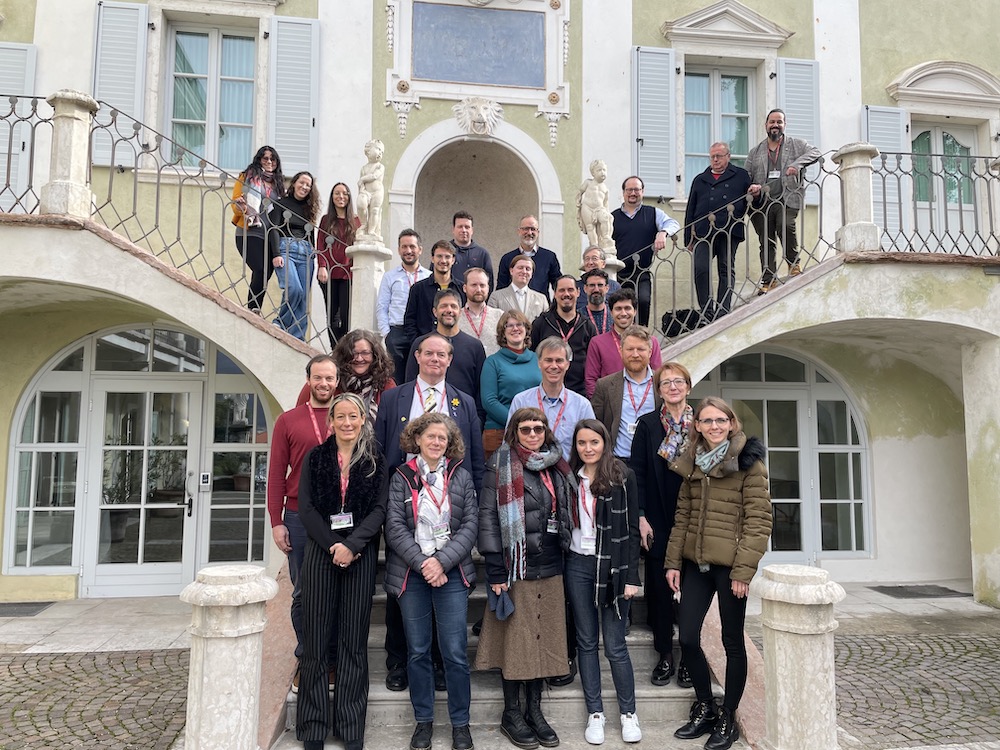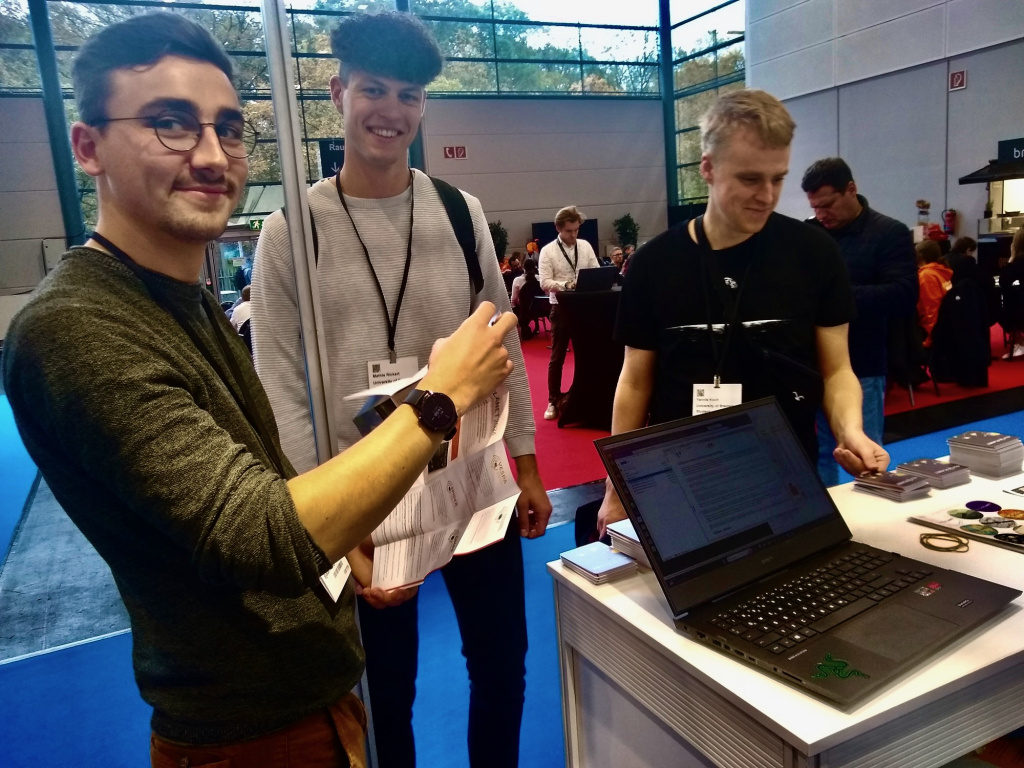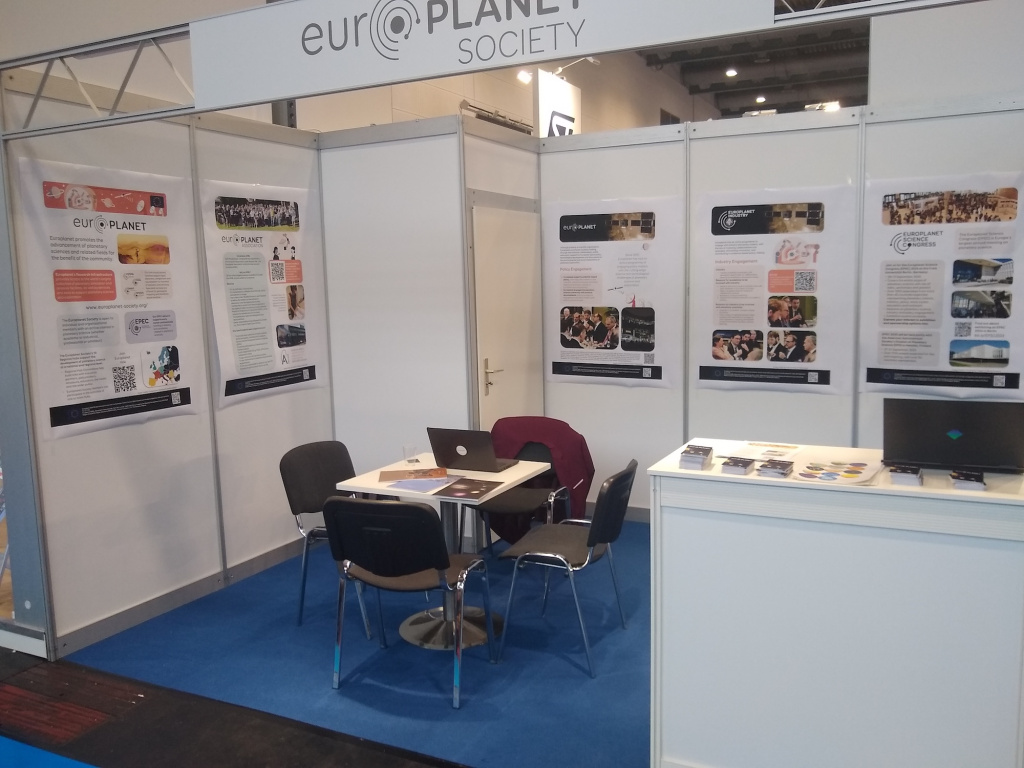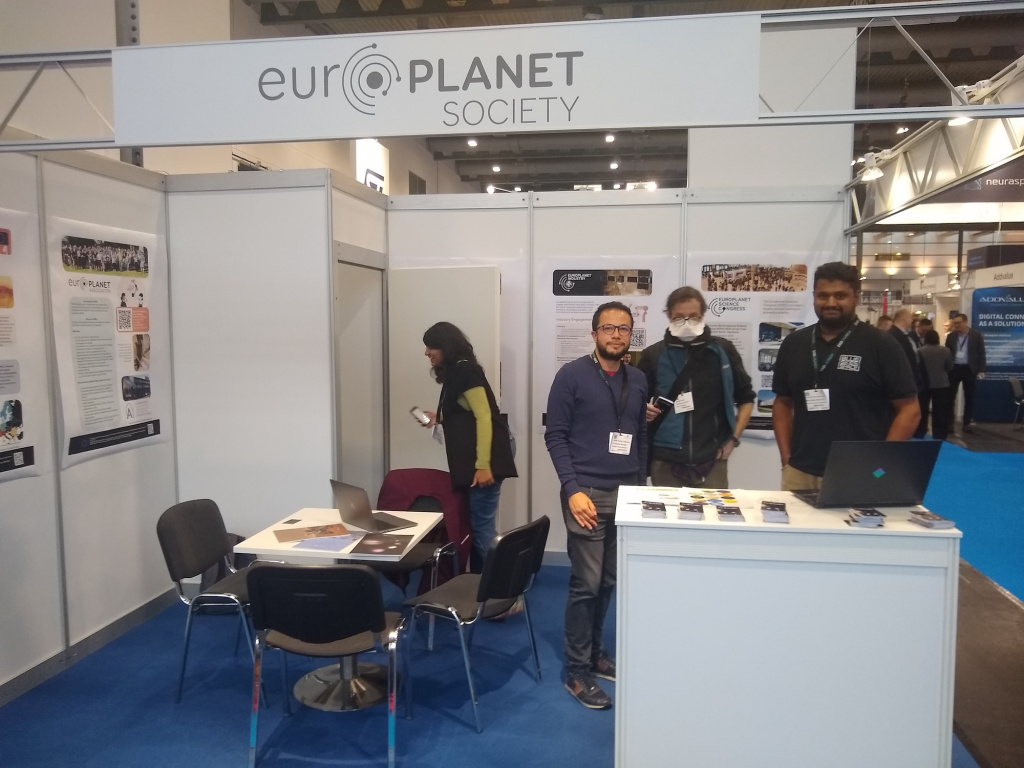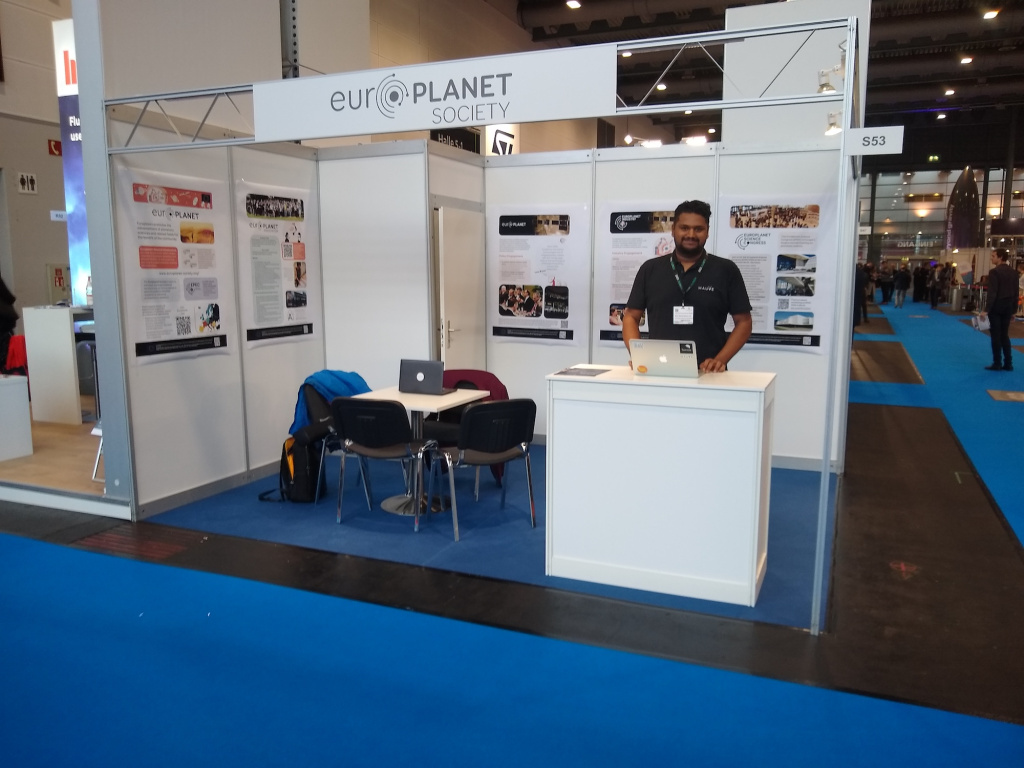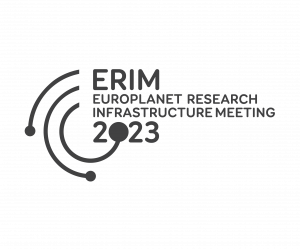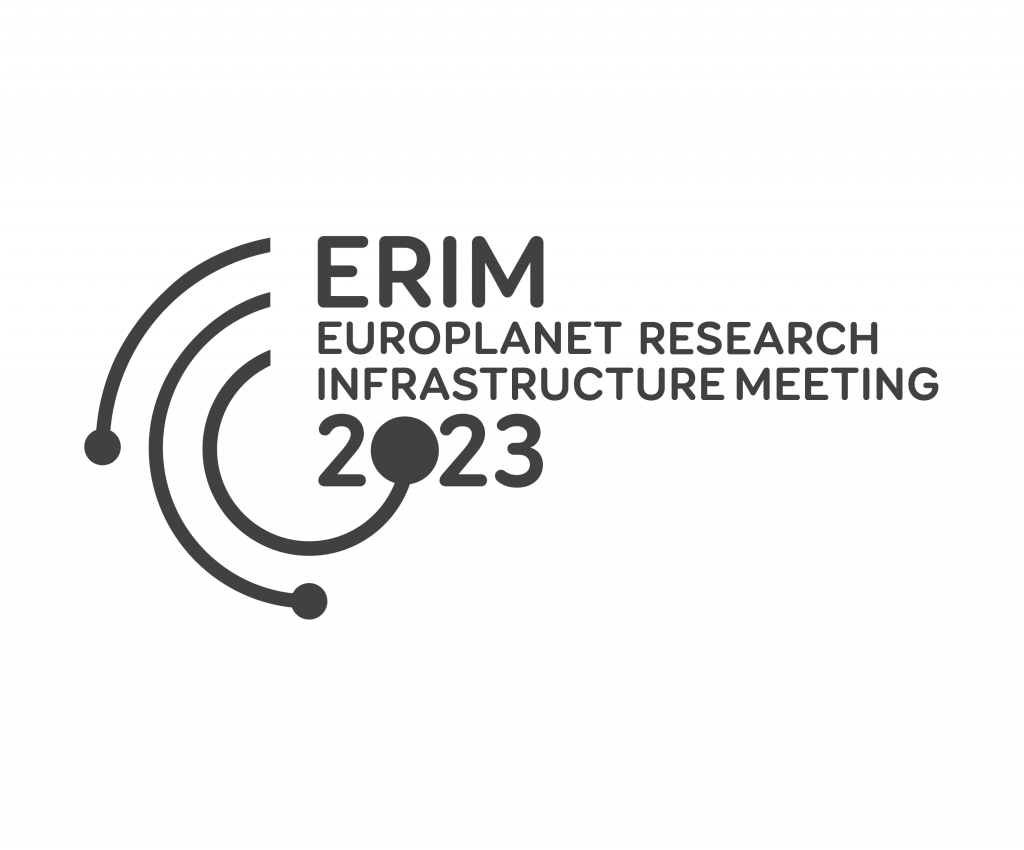About COPCA 2024
Following the success of the COPCA 2022 Conference, we are proud to announce a second iteration: the COPCA 2024 Conference will take place between 15-18 October 2024 in Valletta, Malta!
The Collisions Physics and Chemistry and their Applications (COPCA) conference in 2024 will bring together scientific researchers from several interdisciplinary fields to share their research and results. This year, a particular focus will be placed on processes relevant to radiation chemistry and physics, astrophysics and astrochemistry, and materials science.
This year, the conference will take place alongside a thematically-related workshop of the COST Action CA20129 “Multiscale Irradiation and Chemistry-Driven Processes and Related Technologies” (MultIChem). Sessions related to this workshop will be held on 15 and 16 October 2024. For more information on this COST Action, please click here.
The venue for the conference is the Aula Magna, situated at the Valletta Campus of the University of Malta.
The early bird conference fee (applicable up to 31 May 2024) is €425. From 01 June 2024 onwards, the regular conference fee of €575 will apply. Options are also available for accompanying persons.
Early career researchers (ECRs), including undergraduate and postgraduate students as well as post-doctoral researchers, are particularly encouraged to attend and to contribute to the success of COPCA 2024. In order to encourage the participation of ECRs, a session will be held to allow several ECRs to showcase their work in 10-minute presentations. These presentations will be judged by an independent panel and prizes will be awarded to the best presentations!
This meeting is being supported by Europlanet.

